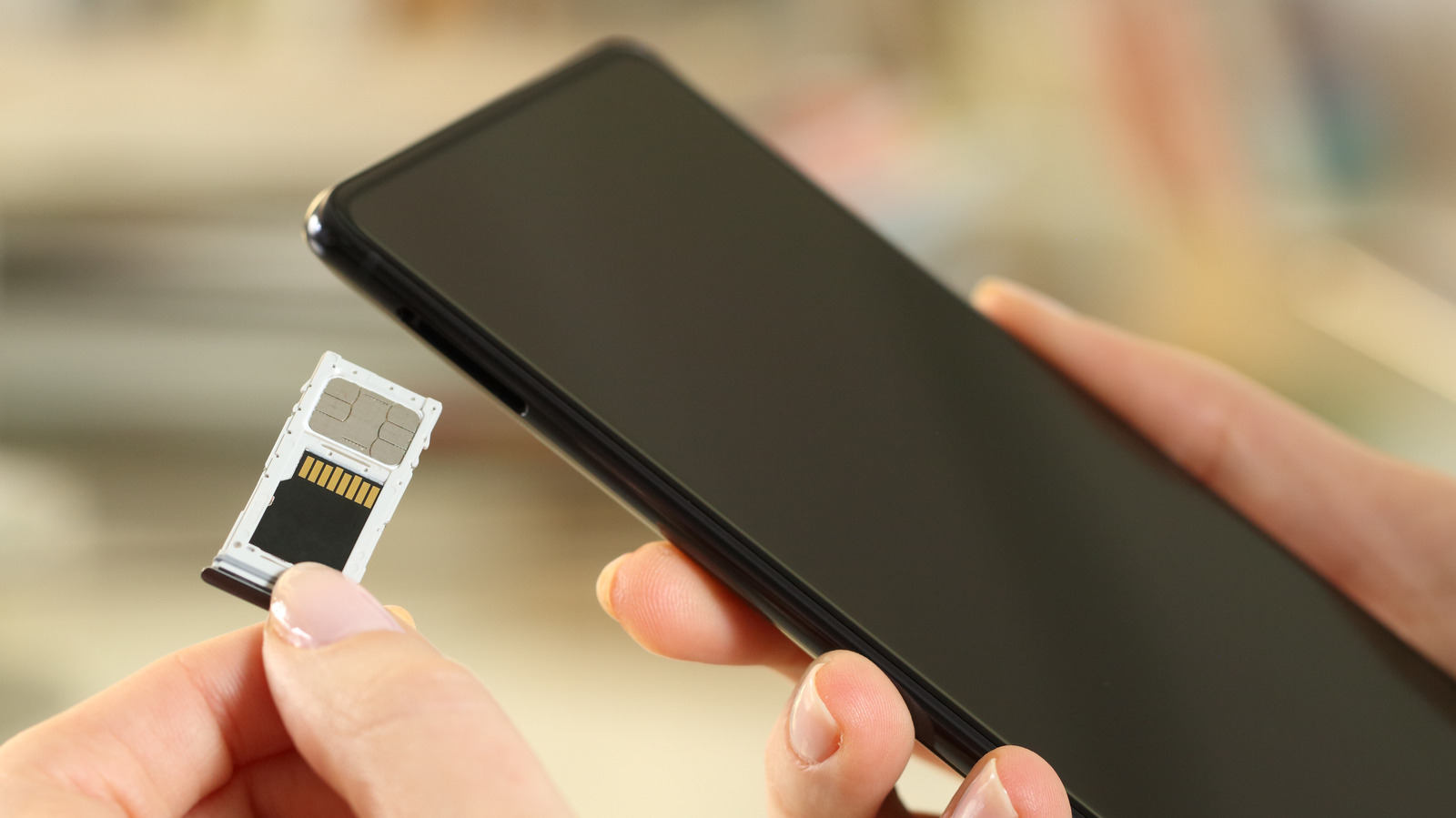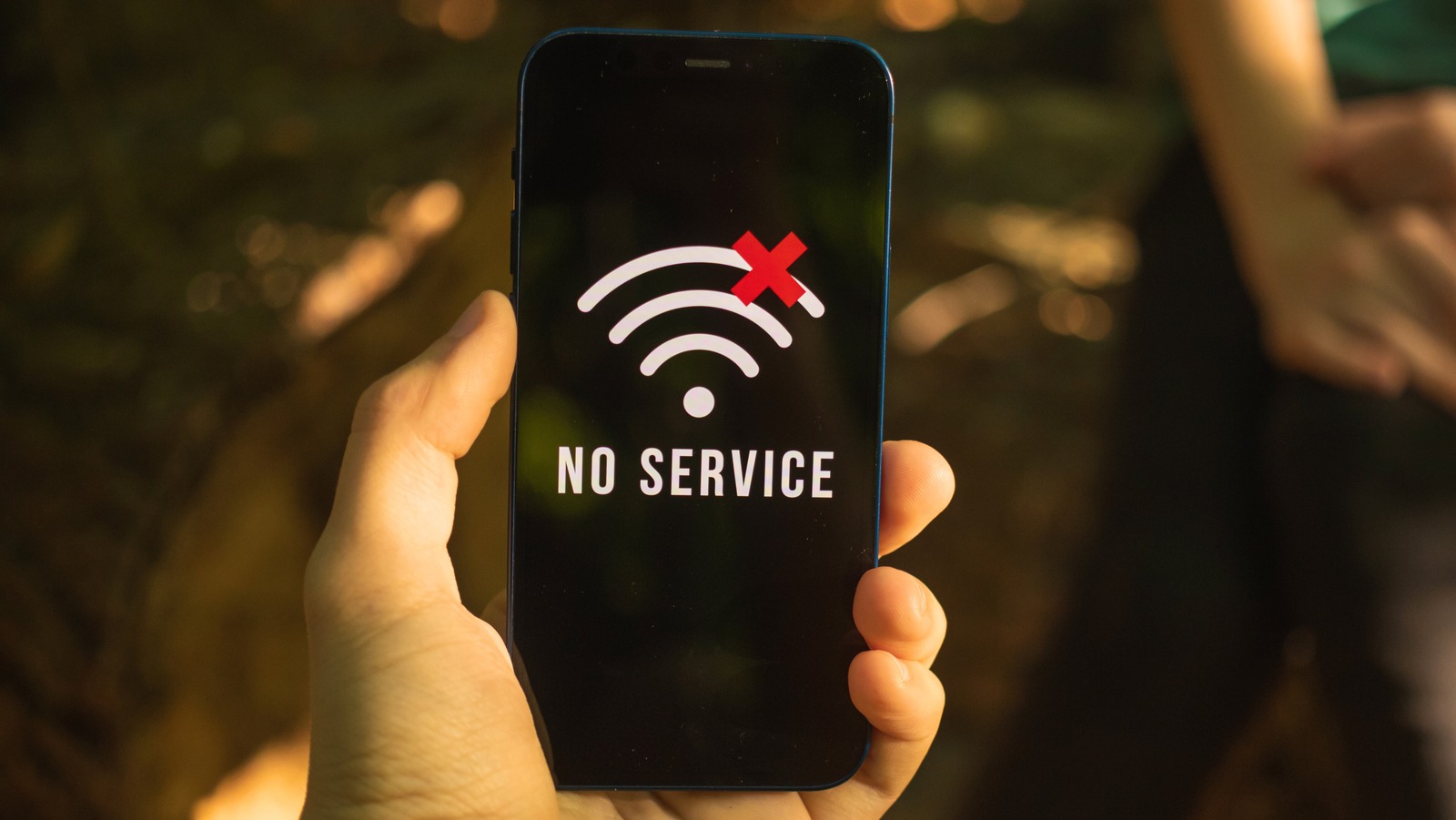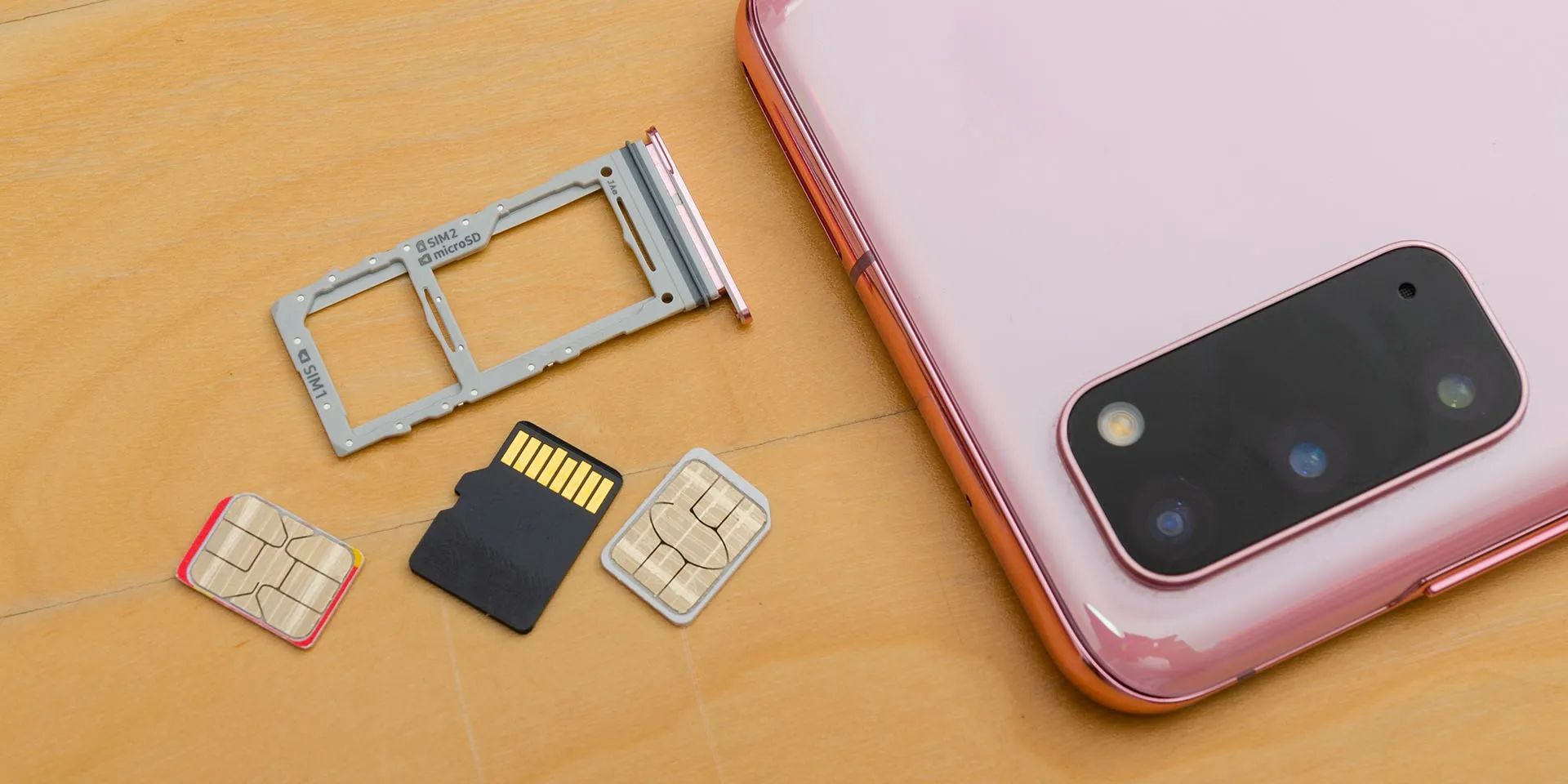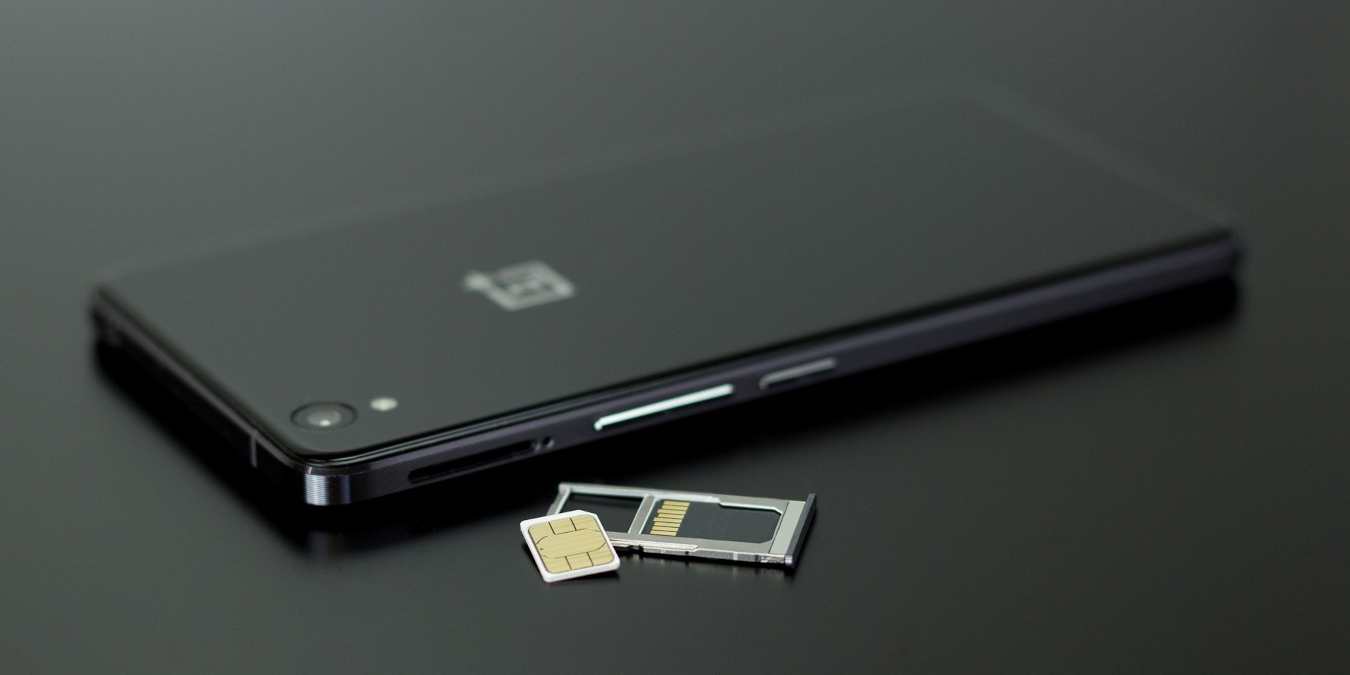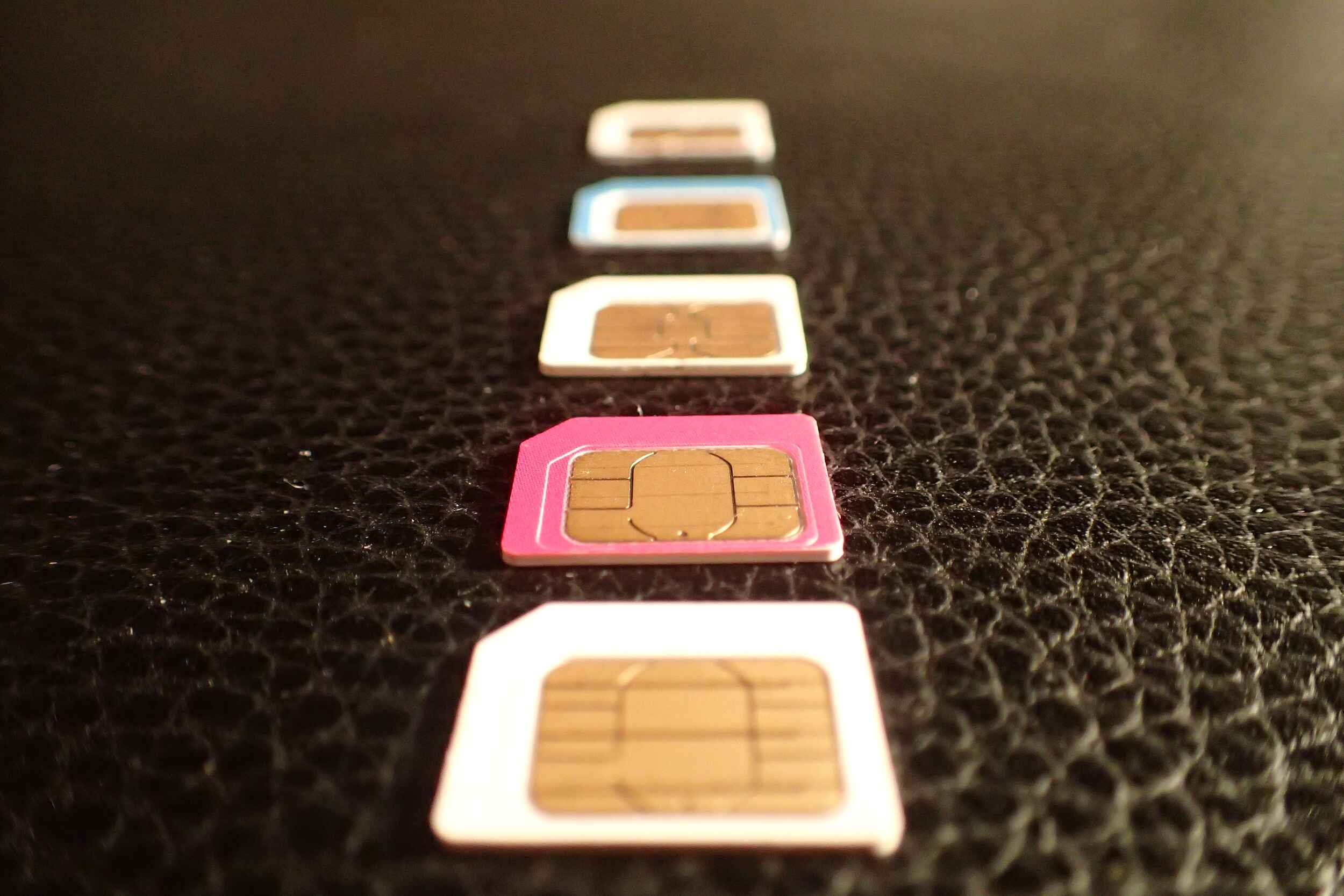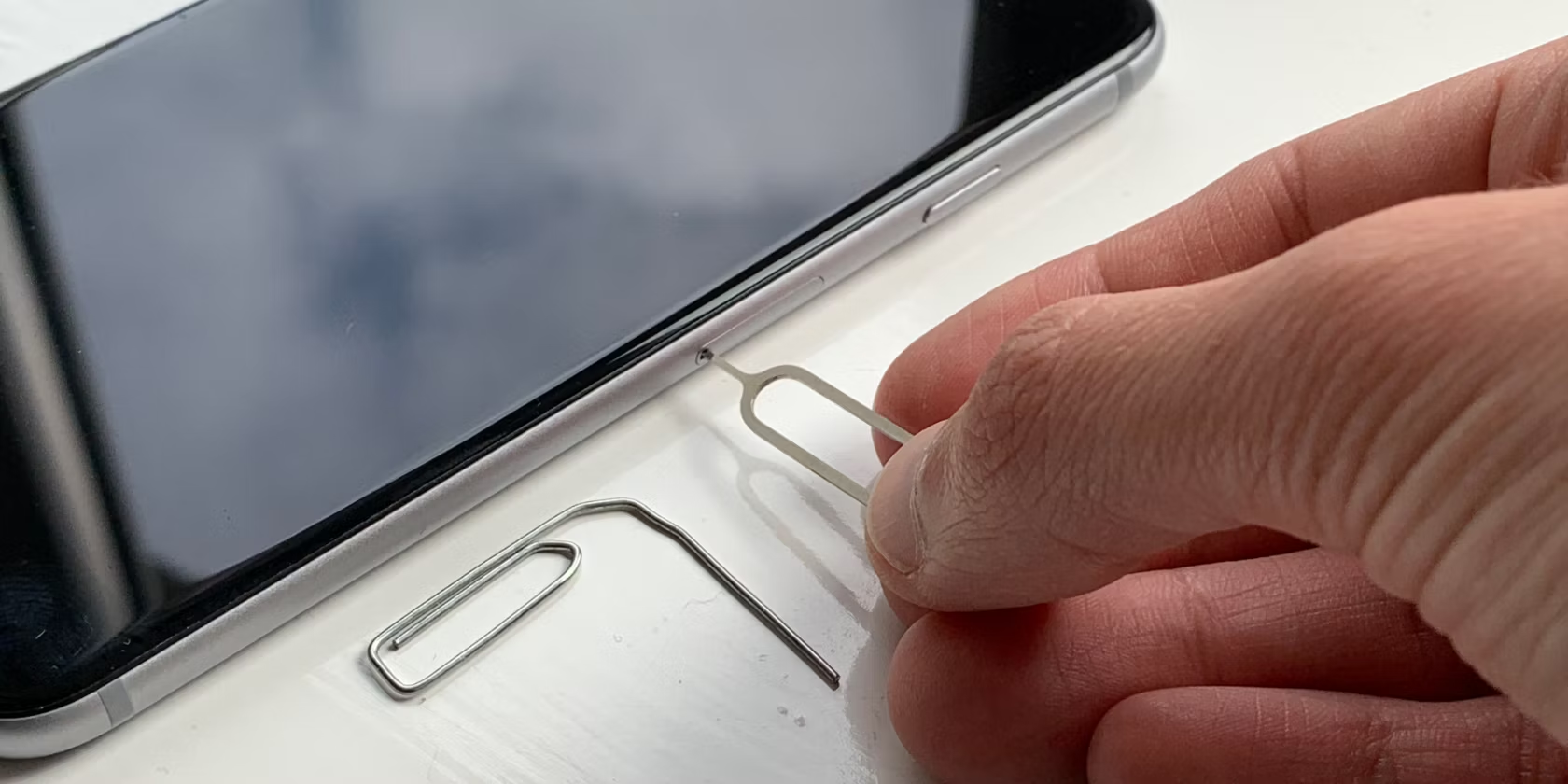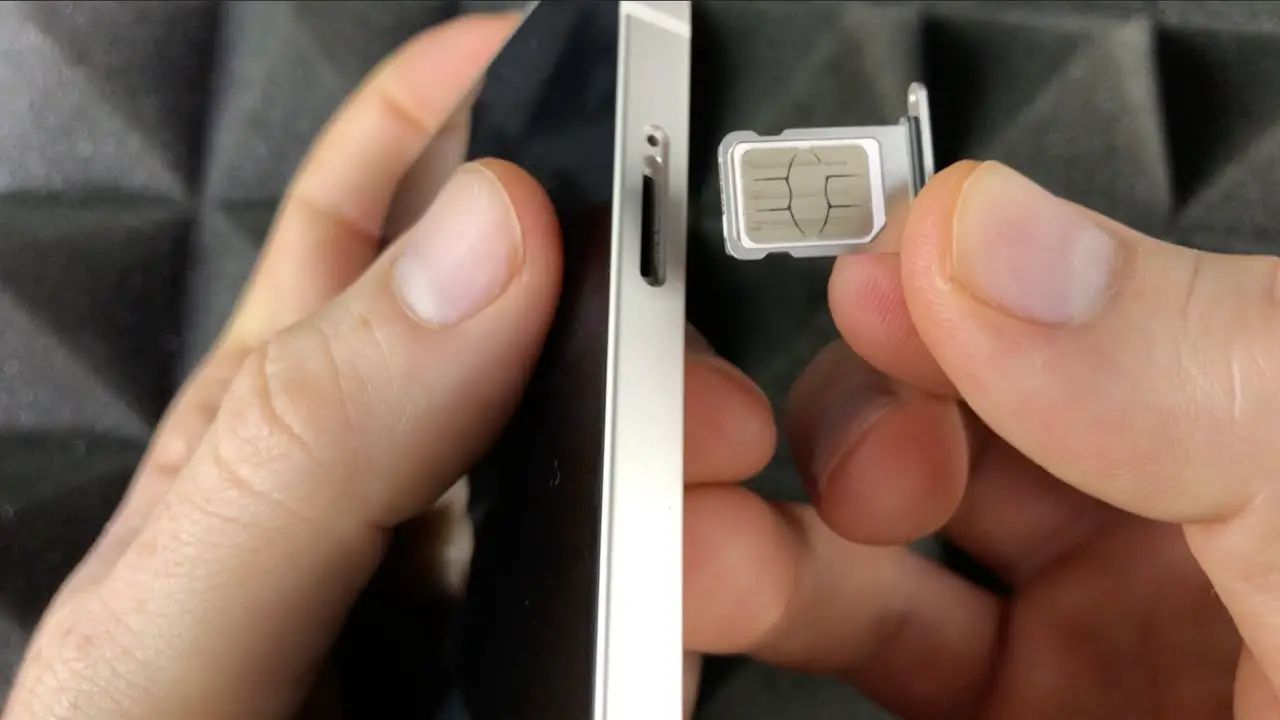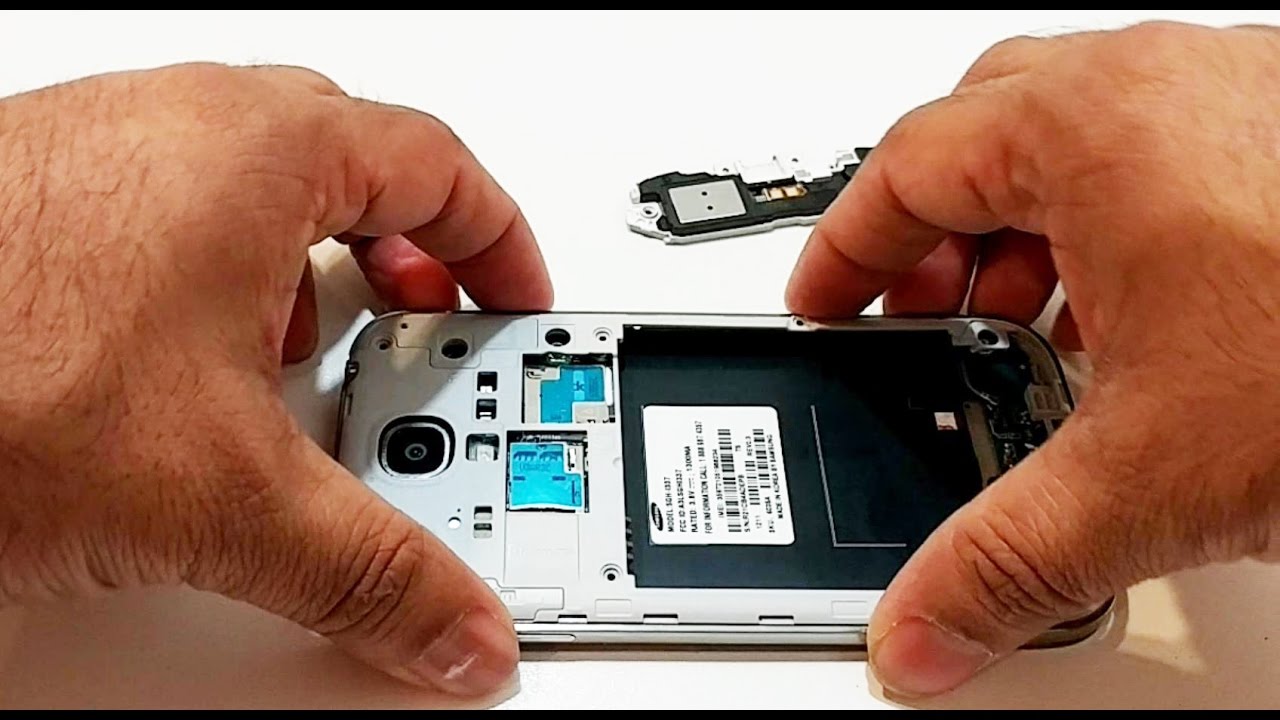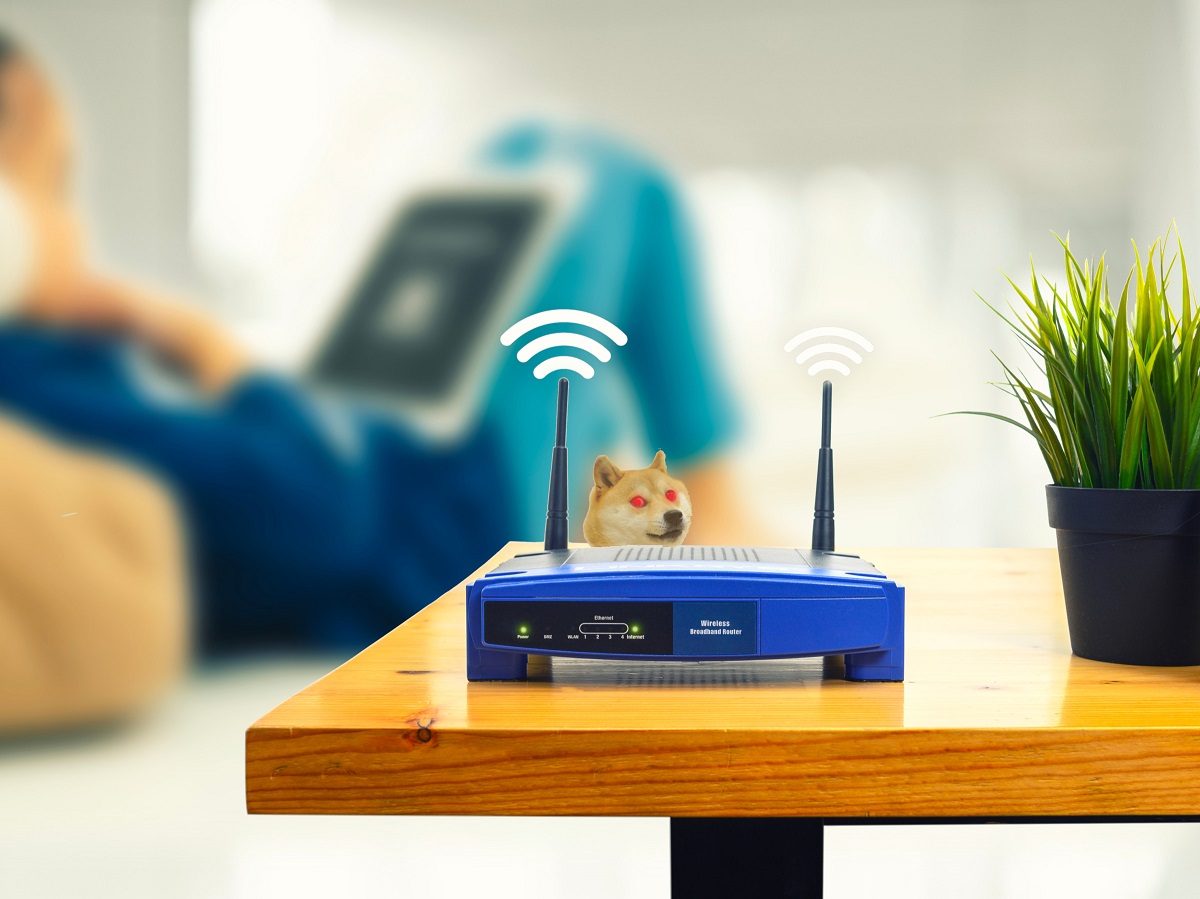Introduction
The advent of mobile devices has revolutionized the way we communicate, work, and access information. These compact yet powerful gadgets have become an integral part of our daily lives, allowing us to stay connected and productive on the go. However, despite their numerous benefits, mobile devices are not immune to technical glitches and connectivity issues. One of the common and frustrating problems that users encounter is the SIM card "No Service" issue.
When your mobile device displays the "No Service" message, it means that the device is unable to establish a connection with the cellular network, rendering it incapable of making calls, sending texts, or accessing mobile data. This issue can disrupt your daily routine and hinder your ability to stay connected with others, access essential information, or utilize location-based services.
Understanding the underlying causes of the SIM card "No Service" problem is crucial for effectively troubleshooting and resolving it. Whether it's due to a faulty SIM card, network-related issues, or device-specific problems, identifying the root cause is the first step toward restoring seamless connectivity and functionality to your mobile device. In this comprehensive guide, we will delve into the common causes of the SIM card "No Service" issue and provide practical troubleshooting steps to help you resolve it.
By gaining a deeper understanding of this prevalent issue and equipping yourself with the knowledge to address it, you can minimize the disruptions caused by connectivity issues and make the most of your mobile device's capabilities. Let's embark on this journey to unravel the mysteries behind the SIM card "No Service" problem and empower ourselves to overcome it with confidence and ease.
What is SIM Card No Service Issue?
The SIM card "No Service" issue refers to a common problem encountered by mobile device users, where the device displays a message indicating a lack of cellular network connectivity. This issue manifests as the inability to make calls, send text messages, or access mobile data, essentially rendering the device incapable of fulfilling its primary functions.
When a mobile device displays the "No Service" message, it signifies that the device is unable to establish a connection with the cellular network, thereby disrupting its ability to communicate and access essential services. This problem can arise suddenly, catching users off guard and disrupting their daily routines. Understanding the factors that contribute to the SIM card "No Service" issue is essential for effectively addressing and resolving it.
The "No Service" problem can stem from various sources, including hardware issues, network-related problems, or device-specific complications. A faulty or damaged SIM card, inadequate network coverage, incorrect network settings, or software glitches can all contribute to this frustrating issue. Additionally, issues with the device's antenna, radio frequency interference, or a malfunctioning cellular radio can also lead to the "No Service" problem.
Moreover, software updates, changes in network infrastructure, or incompatible device configurations can impact the device's ability to establish a stable connection with the cellular network, resulting in the "No Service" message.
Understanding the multifaceted nature of the SIM card "No Service" issue is crucial for implementing targeted solutions and restoring seamless connectivity to mobile devices. By delving into the underlying causes of this problem, users can gain insights into the specific factors affecting their devices and take informed steps to address them effectively.
In the subsequent sections, we will explore the common causes of the SIM card "No Service" issue and provide practical troubleshooting steps to empower users to overcome this challenge and regain uninterrupted access to cellular network services. By unraveling the complexities of this prevalent issue, users can equip themselves with the knowledge and strategies needed to resolve the "No Service" problem and optimize their mobile device's functionality.
Common Causes of SIM Card No Service Issue
The SIM card "No Service" issue can stem from a multitude of factors, encompassing hardware, software, and network-related elements. Understanding these common causes is pivotal in effectively diagnosing and resolving the problem. Here are the primary factors contributing to the SIM card "No Service" issue:
-
Faulty or Damaged SIM Card: A damaged or improperly inserted SIM card can impede the device's ability to establish a connection with the cellular network, resulting in the "No Service" message. Physical damage, such as scratches or bending, can compromise the functionality of the SIM card, leading to connectivity issues.
-
Inadequate Network Coverage: Weak or inconsistent network coverage in a specific area can trigger the "No Service" problem. Factors such as geographical barriers, signal obstructions, or being in a remote location with limited network infrastructure can hinder the device's ability to latch onto a stable network signal.
-
Incorrect Network Settings: Misconfigured network settings, including APN (Access Point Name) and network mode settings, can disrupt the device's ability to establish a connection with the cellular network. Inaccurate or outdated network configurations can lead to the "No Service" message, necessitating a review and adjustment of the device's network settings.
-
Software Glitches and Updates: Software anomalies, including system glitches or incomplete software updates, can adversely impact the device's network connectivity. Inconsistent software behavior, conflicts between applications, or incomplete update installations can manifest as the "No Service" issue, requiring thorough software diagnostics and rectification.
-
Device-Specific Complications: Certain device-specific factors, such as hardware malfunctions, antenna issues, or radio frequency interference, can contribute to the "No Service" problem. A malfunctioning cellular radio, damaged antenna components, or interference from other electronic devices can disrupt the device's ability to establish a stable network connection.
-
Network Infrastructure Changes: Changes in the network infrastructure, including network upgrades, maintenance activities, or service provider modifications, can impact the device's compatibility with the cellular network. Incompatible device configurations or network infrastructure alterations can lead to the manifestation of the "No Service" issue.
By comprehensively understanding these common causes of the SIM card "No Service" issue, users can effectively identify the specific factors affecting their devices and implement targeted solutions to address them. This knowledge serves as a valuable foundation for the subsequent troubleshooting steps, empowering users to navigate the complexities of this prevalent issue and restore seamless connectivity to their mobile devices.
Troubleshooting Steps to Fix SIM Card No Service Issue
Resolving the SIM card "No Service" issue requires a systematic approach that addresses the diverse factors contributing to this connectivity problem. By following these troubleshooting steps, users can effectively diagnose and rectify the underlying causes, restoring seamless network connectivity to their mobile devices.
-
Check and Reinsert the SIM Card: Begin by powering off the device and carefully removing the SIM card. Inspect the card for any signs of physical damage or debris, and gently clean the contacts if necessary. Reinsert the SIM card securely and restart the device to verify if the "No Service" message persists.
-
Verify Network Coverage: Assess the network coverage in your current location and determine if it may be contributing to the connectivity issue. If you are in an area with known network coverage challenges, consider relocating to a different area to ascertain if the signal reception improves.
-
Review Network Settings: Access the device's network settings and verify the accuracy of the APN and network mode configurations. Ensure that the settings align with your service provider's recommended parameters, and make any necessary adjustments to optimize network connectivity.
-
Perform Software Updates: Check for available software updates for your device and ensure that the operating system and relevant applications are up to date. Installing the latest software updates can resolve known bugs and compatibility issues that may be affecting the device's network functionality.
-
Restart the Device: A simple device restart can often clear temporary software glitches and restore normal network connectivity. Power off the device, wait for a few moments, and then power it back on to see if the "No Service" message disappears.
-
Reset Network Settings: If persistent network connectivity issues are encountered, consider resetting the device's network settings to their default configurations. This can eliminate erroneous settings and restore the device's ability to connect to the cellular network.
-
Seek Professional Assistance: If the troubleshooting steps yield no improvement, consider reaching out to your service provider or a qualified technician for further diagnosis and assistance. They can conduct advanced diagnostics and address potential hardware or network-related issues that may be causing the "No Service" problem.
By systematically applying these troubleshooting steps, users can navigate the complexities of the SIM card "No Service" issue and identify effective solutions to restore uninterrupted network connectivity to their mobile devices. These proactive measures empower users to address the issue with confidence and minimize the disruptions caused by connectivity challenges.
Contacting Your Service Provider for Assistance
In the event that the troubleshooting steps fail to resolve the SIM card "No Service" issue, reaching out to your service provider for assistance can be a pivotal step in resolving the connectivity problem. Service providers have the expertise and resources to diagnose and address complex network-related issues, offering tailored solutions to ensure seamless connectivity for their customers.
When contacting your service provider, it is essential to provide detailed information about the specific symptoms and steps taken to troubleshoot the "No Service" problem. Clearly articulating the duration of the issue, the locations where it occurs, and the actions already performed can facilitate a more targeted and efficient resolution process. Additionally, sharing details about the device model, software version, and any recent software updates can aid the service provider in diagnosing potential compatibility issues or network configuration discrepancies.
Service providers can leverage advanced diagnostics tools and network monitoring systems to assess the network signal strength, identify potential coverage gaps, and investigate network infrastructure issues that may be contributing to the "No Service" problem. By analyzing network logs and conducting remote tests, service providers can gain insights into the specific challenges affecting the device's connectivity and tailor their recommendations accordingly.
In some cases, service providers may need to re-provision the SIM card, update network configurations, or address network capacity issues to restore seamless connectivity. They can also provide guidance on optimizing the device's network settings, ensuring compatibility with the network infrastructure, and addressing any device-specific considerations that may impact network connectivity.
Furthermore, service providers can offer insights into upcoming network enhancements, service upgrades, or coverage expansions that may alleviate the "No Service" issue in the long term. By staying informed about network developments and potential enhancements, users can gain confidence in the reliability and resilience of their mobile connectivity.
Overall, contacting your service provider for assistance demonstrates a proactive approach to addressing the SIM card "No Service" issue, leveraging the expertise and support of professionals dedicated to ensuring optimal network performance. By collaborating with your service provider, you can navigate the complexities of network connectivity challenges and access tailored solutions to restore seamless communication and data access on your mobile device.







